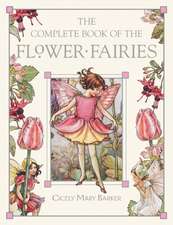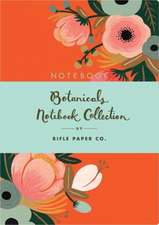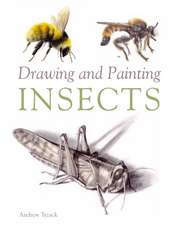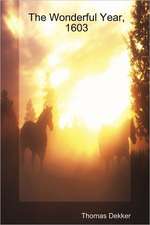The Insect and the Image: Visualizing Nature in Early Modern Europe, 1500-1700
Autor Janice Nerien Limba Engleză Paperback – 27 oct 2011
Once considered marginal members of the animal world (at best) or vile and offensive creatures (at worst), insects saw a remarkable uptick in their status during the early Renaissance. This quickened interest was primarily manifested in visual images—in illuminated manuscripts, still life paintings, the decorative arts, embroidery, textile design, and cabinets of curiosity. In The Insect and the Image, Janice Neri explores the ways in which such imagery defined the insect as a proper subject of study for Europeans of the early modern period.
It was not until the sixteenth century that insects began to appear as the sole focus of paintings and drawings—as isolated objects, or specimens, against a blank background. The artists and other image makers Neri discusses deployed this “specimen logic” and so associated themselves with a mode of picturing in which the ability to create a highly detailed image was a sign of artistic talent and a keenly observant eye. The Insect and the Image shows how specimen logic both reflected and advanced a particular understanding of the natural world—an understanding that, in turn, supported the commodification of nature that was central to global trade and commerce during the early modern era.
Revealing how sixteenth- and seventeenth-century artists and image makers shaped ideas of the natural world, Neri’s work enhances our knowledge of the convergence of art, science, and commerce today.
It was not until the sixteenth century that insects began to appear as the sole focus of paintings and drawings—as isolated objects, or specimens, against a blank background. The artists and other image makers Neri discusses deployed this “specimen logic” and so associated themselves with a mode of picturing in which the ability to create a highly detailed image was a sign of artistic talent and a keenly observant eye. The Insect and the Image shows how specimen logic both reflected and advanced a particular understanding of the natural world—an understanding that, in turn, supported the commodification of nature that was central to global trade and commerce during the early modern era.
Revealing how sixteenth- and seventeenth-century artists and image makers shaped ideas of the natural world, Neri’s work enhances our knowledge of the convergence of art, science, and commerce today.
Preț: 225.83 lei
Nou
Puncte Express: 339
Preț estimativ în valută:
43.23€ • 46.97$ • 36.33£
43.23€ • 46.97$ • 36.33£
Carte tipărită la comandă
Livrare economică 21 aprilie-05 mai
Preluare comenzi: 021 569.72.76
Specificații
ISBN-13: 9780816667659
ISBN-10: 0816667659
Pagini: 280
Ilustrații: 82 b&w illustrations
Dimensiuni: 178 x 254 x 20 mm
Greutate: 0.5 kg
Ediția:1
Editura: University of Minnesota Press
Colecția Univ Of Minnesota Press
ISBN-10: 0816667659
Pagini: 280
Ilustrații: 82 b&w illustrations
Dimensiuni: 178 x 254 x 20 mm
Greutate: 0.5 kg
Ediția:1
Editura: University of Minnesota Press
Colecția Univ Of Minnesota Press
Notă biografică
Janice Neri is associate professor of the history of art and visual culture at Boise State University.
Cuprins
Contents
Introduction: Specimen Logic
I. Insects as Objects and Insects as Subjects: Establishing Conventions for Illustrating
Insects
1. Joris Hoefnagel’s Imaginary Insects: Inventing an Artistic Identity
2. Cutting and Pasting Nature into Print: Ulisse Aldrovandi’s and Thomas Moffet’s
Images of Insects
3. Suitable for Framing: Insects in Early Still Life Paintings
II. New Worlds and New Selves
4. Between Observation and Image: Representations of Insects in Robert Hooke’s
Micrographia
5. Stitches, Specimens, and Pictures: Maria Sibylla Merian and the Processing of the
Natural World
Conclusion: Discipline and Specimenize
Acknowledgments
Notes
Index
Introduction: Specimen Logic
I. Insects as Objects and Insects as Subjects: Establishing Conventions for Illustrating
Insects
1. Joris Hoefnagel’s Imaginary Insects: Inventing an Artistic Identity
2. Cutting and Pasting Nature into Print: Ulisse Aldrovandi’s and Thomas Moffet’s
Images of Insects
3. Suitable for Framing: Insects in Early Still Life Paintings
II. New Worlds and New Selves
4. Between Observation and Image: Representations of Insects in Robert Hooke’s
Micrographia
5. Stitches, Specimens, and Pictures: Maria Sibylla Merian and the Processing of the
Natural World
Conclusion: Discipline and Specimenize
Acknowledgments
Notes
Index
Descriere
How the picturing of insects inspired new ideas about art, science, nature, and commerce















